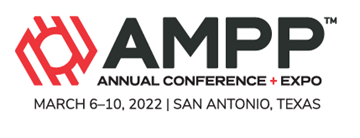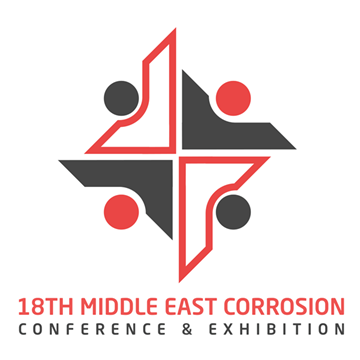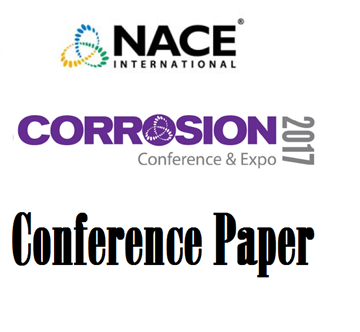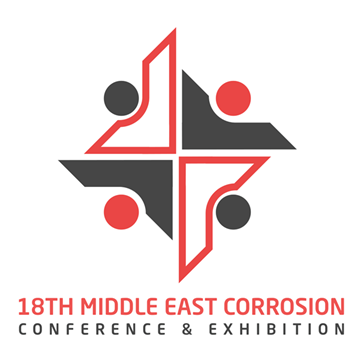Search
Individual Conference Papers
View as
Sort by
Display
per page
Handling Extreme Environments With Supoxy Platform Technology
Product Number:
51322-17643-SG
Publication Date:
2022
$20.00
Heat buildup for Thermally Insulative Coatings due to Solar Exposure: Efforts in Modeling and Prediction
Product Number:
51323-19496-SG
Publication Date:
2023
$20.00
Heat Treatment of Heat Exchanger U-bends - Practices on Different Materials and Case Histories of Failures
Product Number:
51324-20815-SG
Publication Date:
2024
$40.00
Hexacyanoferrate-Intercalated Layered Double Hydroxides As Nano-Additives For Detection Of Early-Stage Corrosion Of Steel
Product Number:
51321-16740-SG
Publication Date:
2021
$20.00
HFW Pipe Seam Screening Test For Susceptibility To Hydrogen Embrittlement
Product Number:
MECC23-20105-SG
Publication Date:
2023
$20.00
Hibernation of Ducts with CRA Alloys: Standardization of Methods for the Chemical and Microbiological Composition of Operation Seawater
Product Number:
51324-20678-SG
Publication Date:
2024
$40.00
HIC Resistance Testing of Flexible Pipes Pressure Armor in H2S-Containing Environments
Product Number:
51319-13368-SG
Publication Date:
2019
$20.00
High Accuracy Ultrasonic Corrosion Monitoring
Product Number:
51317--8990-SG
ISBN:
8990 2017 CP
Publication Date:
2017
$20.00
High Density Polyethylene (HDPE) Installation Challenges and Recommendations
Product Number:
MECC23-20096-SG
Publication Date:
2023
$20.00
High Level Corrosion Risk Assessment Methodology For Refined Hydrocarbon Products
Product Number:
51319-13047-SG
Publication Date:
2019
$20.00












